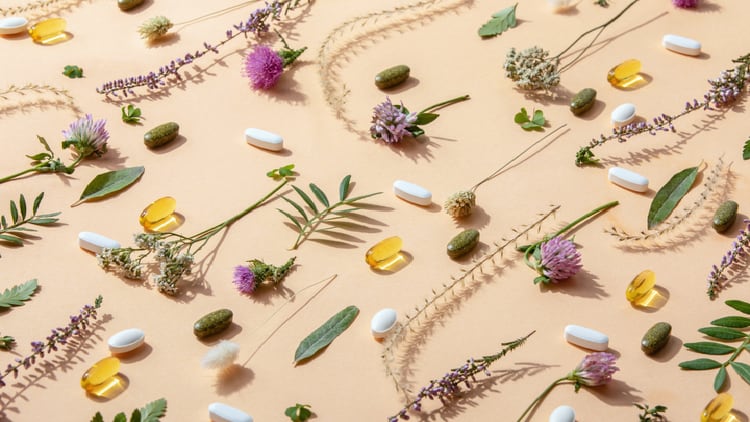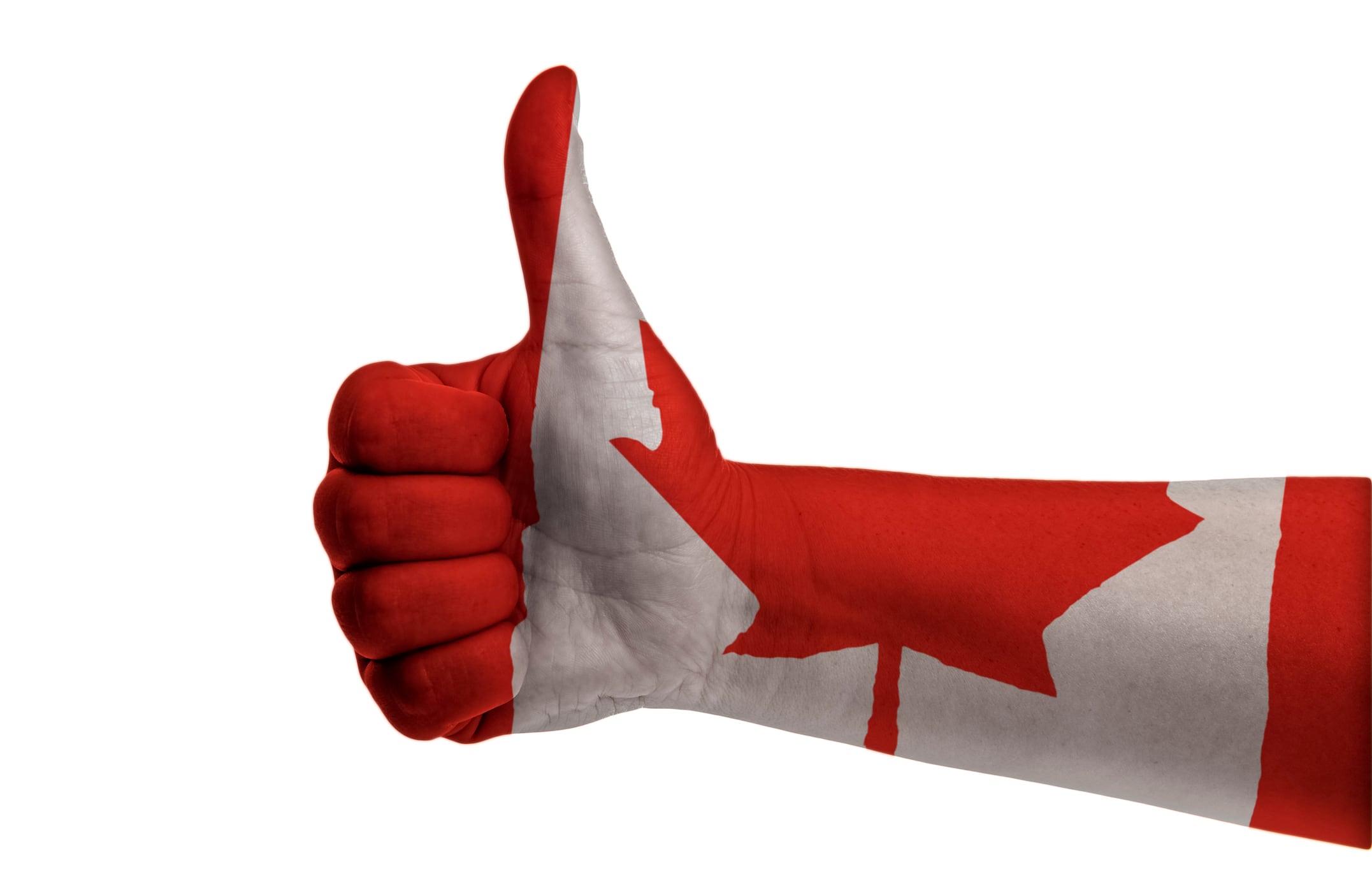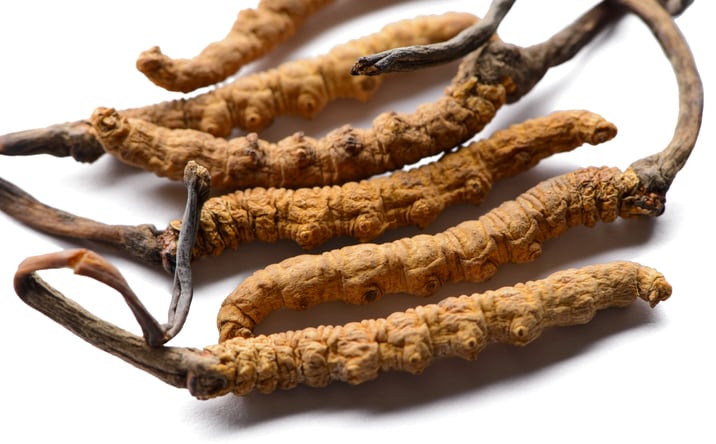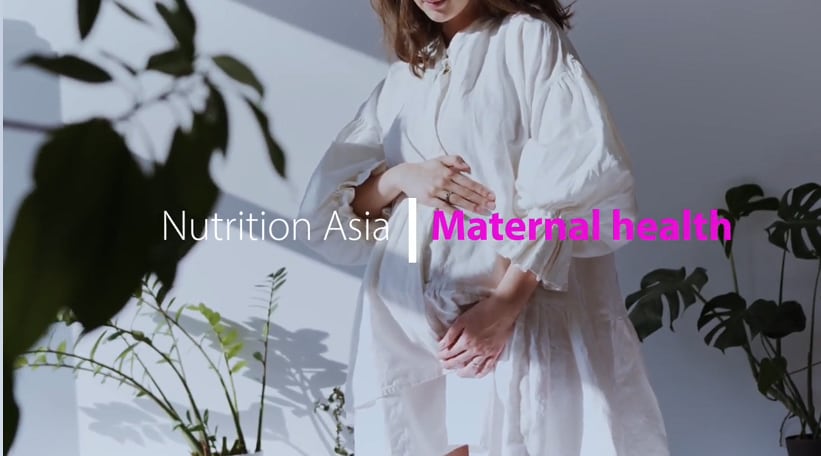The researchers conducted a cross-sectional study to examine the use of complementary and alternative medicine (CAM) from 2019 to 2020.
PUs have many negative consequences, such as pain and disability, extended hospital stay and increased morbidity.
A total of 299 subjects aged 41 to 77 years old, mostly females at 54.2%, with PU from wound clinics and healthcare institutions in Shiraz, Iran, were recruited for the investigation.
The findings were later published in the paper titled “The prevalence of using complementary and alternative medicine products among patients with pressure ulcer” in the journal BMC Complementary Medicine and Therapies.
Findings
Results showed that the most common CAM therapies are: herbal products (100% of participants used this), vitamin supplementation therapy (45.2%), spiritual therapies (21.7%), wet cupping (16.4%), leech therapy (9.4%), acupuncture (1.7%), dry cupping (1.3%) and massage (1.3%).
The most common herbal product used for PU management was Pistacia atlantica gum, either alone or combined with other herbal products (15.5%). Other research noted that the Pistacia atlantica plant, gum and fruit can treat a myriad of disorders in Iran, either topically or orally, and assist in wound healing and pain associated with skin ailments.
All herbal products were applied topically. Other examples include honey, aloe vera, egg albumin and henna.
The most common cause of PU among the subjects is a fracture at 33.78%, while the most common PU site is on the sacrum or buttocks. The most common underlying condition among them was diabetes at 64.2%.
CAM therapies were mainly used to alleviate a chronic disease (71.9%), and only 21.1% of the participants reported the usage of CAM to their physicians.
Another result was that CAM therapies had no significant relationship with the subjects’ gender, education level, occupation and PU duration.
However, CAM use had a significant relationship with the subjects’ age, underlying conditions and the PU stage. They retrieved information on CAM from relatives or a simple search online using their mobile phones. This trend was more prevalent among older participants, people with diabetes and stage II PU patients.
Understanding alternative therapy choices
The participants reported that they chose CAM therapies due to the easy accessibility, lower costs and perceived greater effectiveness.
The main reason cited was also to manage chronic conditions, which aligned with other studies in the country.
However, not alerting their physicians would expose the subjects to problems such as drug interactions and medication side effects.
“Therefore, quality public education through the mass media is recommended to improve public knowledge about CAM therapies, their uses, and their side effects.
“Improving the healthcare provider and laymen’s knowledge about CAM therapies and the appropriate use of cost-effective CAM therapies in PU management can reduce the need for imported dressings too, which are expensive and not accessible,” concluded the researchers.
Source: BMC Complementary Medicine and Therapies
DOI: 10.1186/s12906-022-03573-6
“The prevalence of using complementary and alternative medicine products among patients with pressure ulcer.”
Authors: Niloofar Karimianfard and Azita Jaberi




